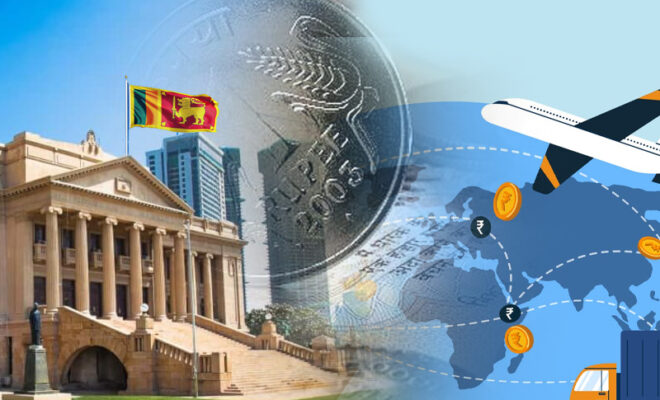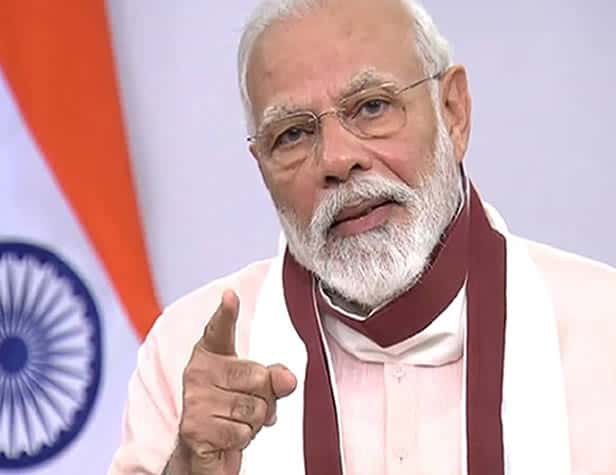Why Does Sri Lanka Want To Use Indian Rupee For International Trade?

Sri Lanka asks permission from the RBI to use Indian Rupee as their international trades. But why does Sri Lanka aim for this? Why must other countries also do the same?
Reports have surfaced that banks from India’s neighboring island nation opened Vostro accounts to trade rupees, just days after the Central Bank of Sri Lanka stated it was waiting for approval by the Reserve Bank of India (RBI).
Sri Lanka requested that the RBI facilitate and promote tourism and trade in the SAARC region.
This means that Sri Lankan citizens now have the ability to hold $10,000 (INR 826,823) in their physical form.
Also, this means that Indians and Sri Lankans can now use Indian rupees to transact internationally with one another.
Since July, the Indian government has been trying to get countries with low dollars into its rupee settlement system.
12 Vostro accounts are special rupee accounts that allow international transactions between countries.
Why Does Sri Lanka Want To Trade In INR?
Because Sri Lanka has designated INR as its legal currency, it will be able to provide liquidity support to the country in order for it to overcome its current economic crisis due the lack of US dollars.
A foreign currency, in this case Sri Lanka’s INR, is more likely than a domestic currency to stop the country from becoming worsened by the balance of payment crisis.
India’s Efforts In Internationalization of Rupee
India’s central bank granted approval for banks to open 12 Vostro accounts to trade in Russian rubles.
Economic Times cited a Reserve Bank of India document that indicated six other accounts were also authorized, five for trade in Sri Lankan rupees and one for trade to Mauritius.
According to reports, countries such as Tajikistan and Sudan are also in discussions about the rupee settlement mechanism.
India’s finance minister has asked the Federation of Indian Export Organisations and the Indian Banks Association (IBA), to launch an awareness campaign to inform stakeholders about the rupee.
In July, the Reserve Bank of India had notified the new mechanism to settle international trade in rupee.
This was not only intended to reduce the rupee’s value against the dollar, but also to internationalize the Indian currency.



